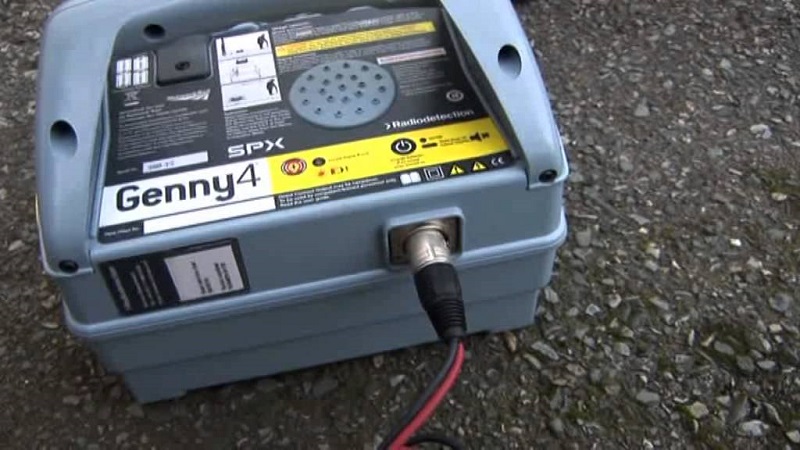 |
| Source: hss.com |
A fault in the ground can be anything from a water pipe to electrical lines or cables that keep you connected to the internet. When an issue occurs it's important to find out which line is responsible for it and get rid of the problem as soon as possible. For this, there is a tool known as an underground cable locator that operate on one of two methods to help detect issues and identify where they are coming from. The method that locates utilities by sending out a signal and waiting for it to come back is called active location.
This method is mainly used when there are a lot of utility lines which make it harder to detect where the issue is coming from. When there aren't as many utility lines underneath you then you rely on a locator that uses the passive location method. This method doesn't send out a signal, instead, it just picks up signals (electromagnetic fields) coming from utility lines. But what if you want to make use of both methods, well, this is where you need a kit.
CAT 4 & Genny 4 Kit
This underground utility locating kit by Radiodetection is made so that you're able to detect utility lines with the help of both the active and the passive method. The dynamic duo that is the CAT 4 cable detector and the Genny 4 transmitter comes with features that allow you to locate utilities with the highest accuracy. These features include dynamic overload protection, avoidance mode, signal boost found on the Genny 4 and strike alert. With the high visibility display of the CAT 4 and the loudspeaker of the Genny 4, you get both visual and audio alerts in real-time from radio signals as small as 5 µA.
Using the CAT 4
 |
| Source: indomultimeter.com |
Locating Cables and Pipes
The CAT 4 cable locator comes with a sensitivity control that you can use to narrow the field in which the device is able to locate a utility line. Every tie you begin a session, sensitivity control should always be set to maximum. This way as the barograph readout passes the maximum level of sensitivity over a line you can just control the sensitivity up and down to locate its exact position.
Determining Direction
The direction of a cable or pipe is important too and determining that with the CAT 4 is done once you've pinpointed the cable or pipe. You just need to rotate the CAT 4 while above the utility line. When the barograph output and the audio signal are at the maximum possible level you then have the CAT 4 pointed in the direction in which the utility line is positioned.
Modes
There are different modes available on the CAT 4 such as power, radio, avoidance and Genny mode. The power mode is able to detect signals that come from power transmission networks (power cables) but you will also find that popes and cables are also able to produce these signals. Radio mode allows you to detect radio signals coming from distant radio transmitters. You may not always detect radio signals though so before you start excavating make sure you use the Genny 4 to detect less noticeable signals.
The Genny mode is used by the CAT 4 in order to identify the signals coming from the Genny 4 which is used to detect smaller core cables. Avoidance mode is what allows you to locate all the signals that can be located by every single mode. The avoidance mode also allows you to adjust the power, Genny, and radio signal levels through the sensitivity control simultaneously.
Using the Genny 4
 |
| Source: youtube.com |
Small Diameter Cables
While the CAT 4 is used to do the usually cable locating, the Genny 4 is used to locate more specific utility lines. But you can't use the Genny 4 without using the CAT 4 locator. To detect small diameter cables the Genny 4 transmits a frequency that “jumps” onto them thanks to two different methods. You have a method that includes a signal jumping through external insulation and the other which includes a signal jumping from an accessible cable.
Direct Connection
1. An effective way to make use of the features that the Genny 4 offers is through a direct connection. This is when you want to locate a specific pipe or cable network so that you can track it. For this, you need to first switch off the Genny 4 and then plug the Direct Connect lead into the accessory socket.
2. After that attach the red let to the cable or pipe, then do the same with the black lead but to the earth stake or valve box. You can connect the black lead even to a manhole cover. Make sure that you use the earth spool lead to extend the earth connection if needed. Then switch on the Genny 4 and if a good connection is present you will get a drop in tone from the loudspeaker.
Comments
Post a Comment